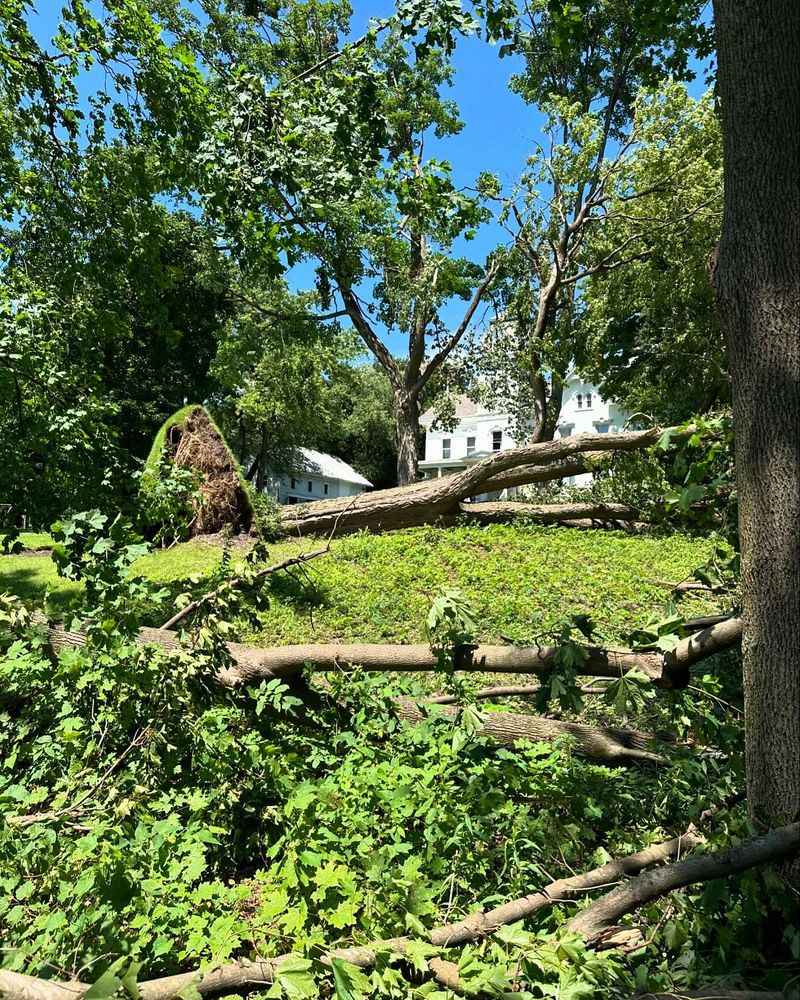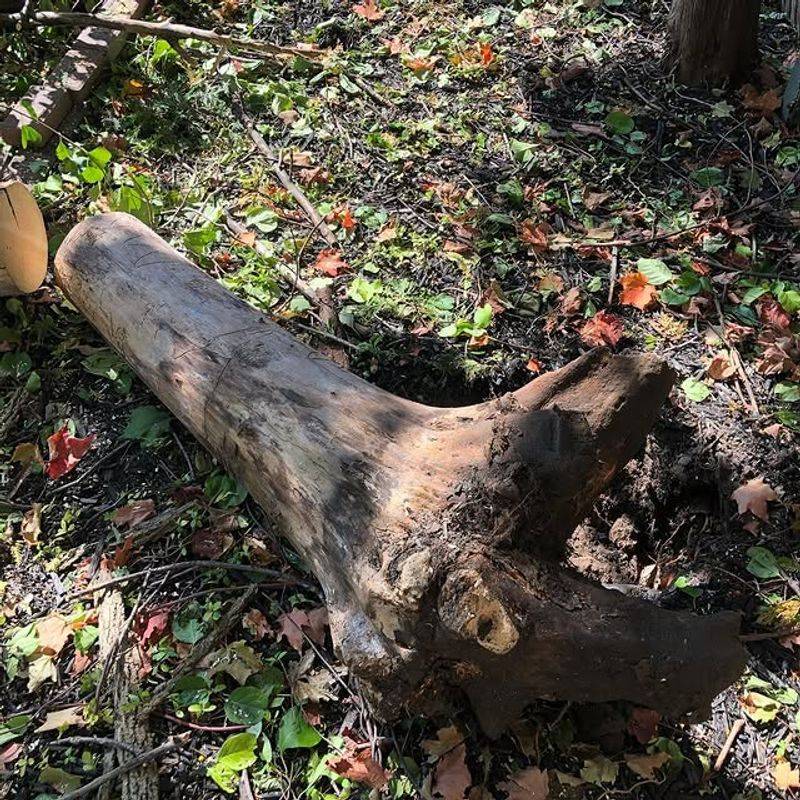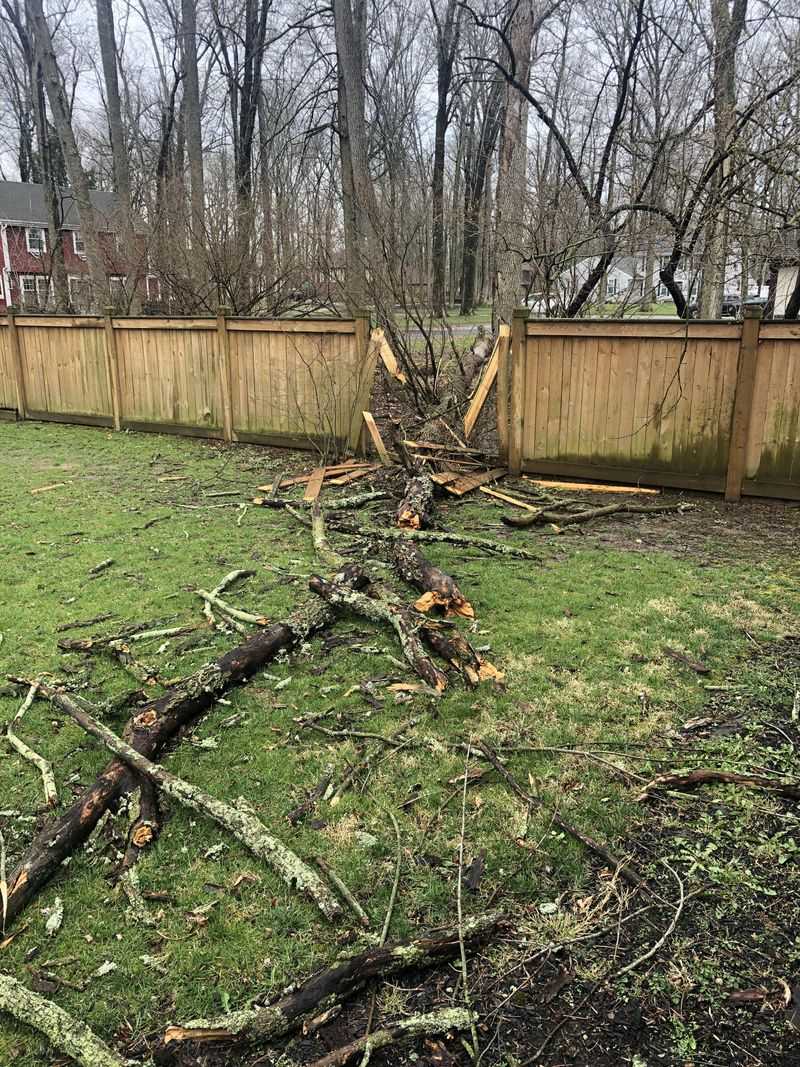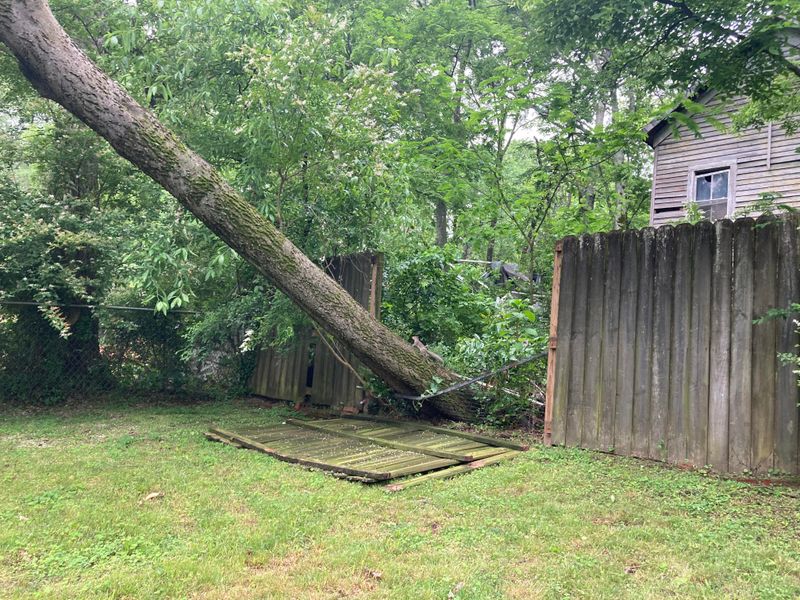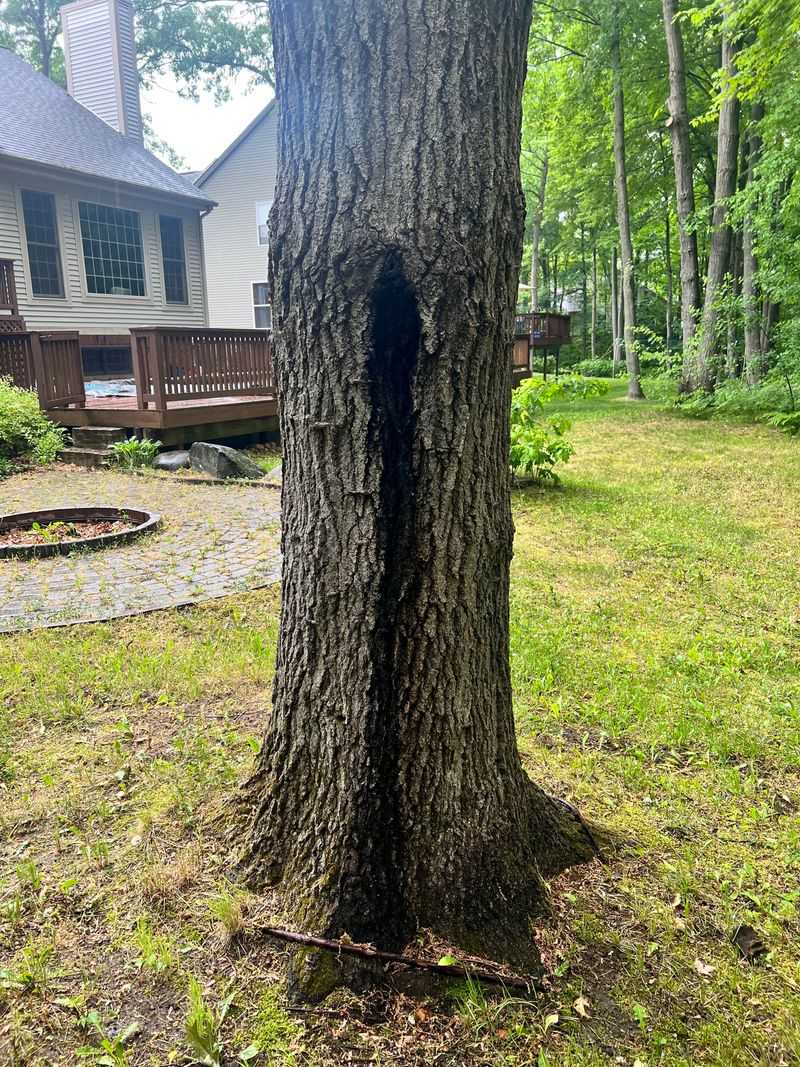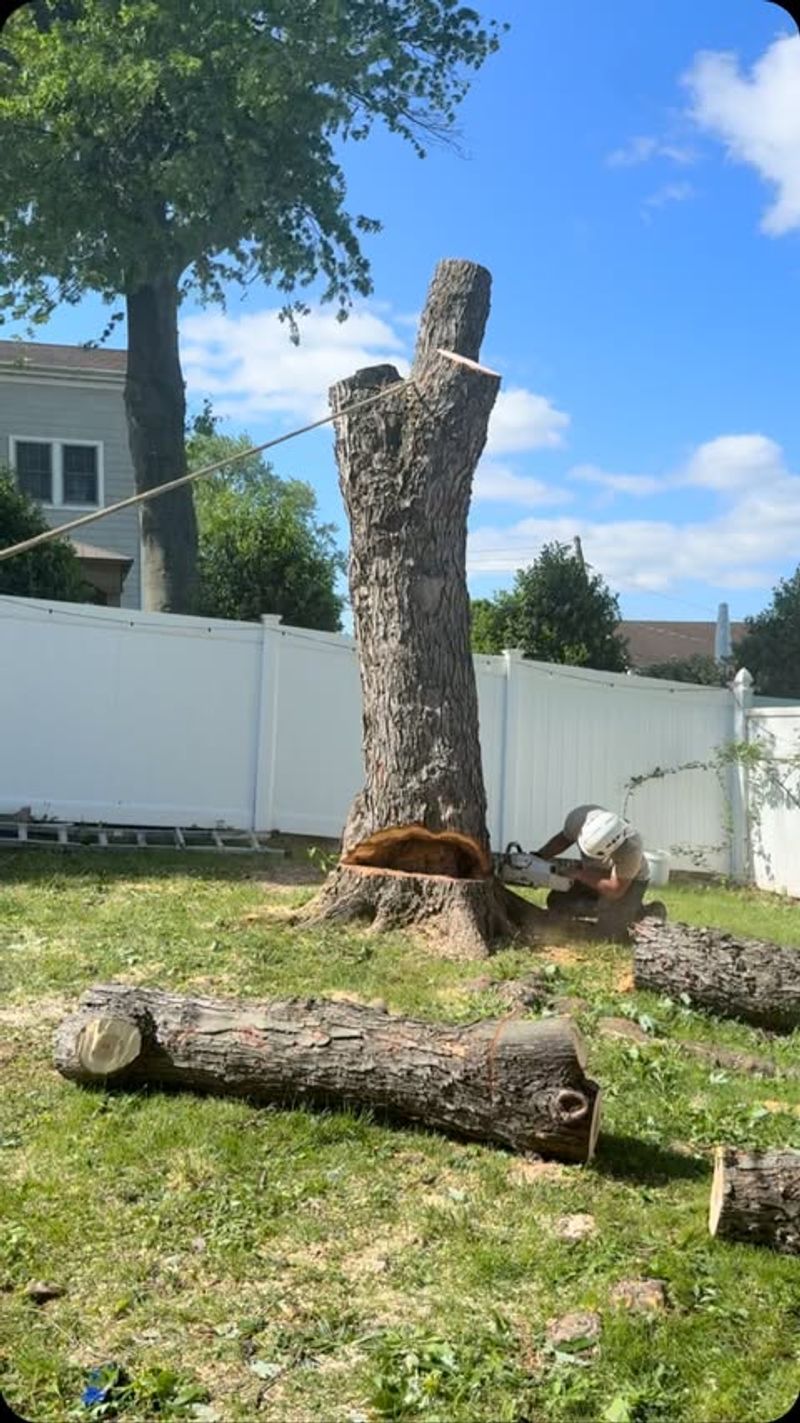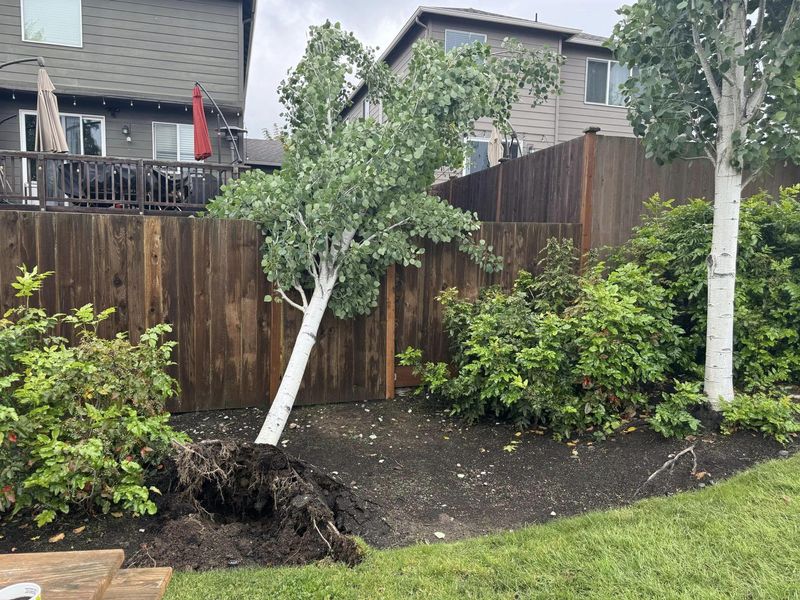When a storm rolls through Florida, a healthy-looking tree can come down without warning—and the cleanup question that follows often causes the biggest headache. Responsibility usually comes down to the tree’s condition before it fell and what each homeowner could have reasonably known.
Property lines, insurance rules, and evidence of damage all play a part in sorting it out. Understanding how liability works can save time, stress, and unexpected costs when a neighbor’s tree lands in your yard.
1. Florida Follows The Act Of God Rule
Mother Nature doesn’t ask permission before causing chaos. Florida law treats naturally falling trees as acts of God, meaning your neighbor usually isn’t liable if a healthy tree falls during a storm.
You’re typically responsible for cleanup and damage on your property, even if the tree came from next door. Insurance becomes your best friend in these situations.
Courts won’t force neighbors to pay unless they were careless about tree maintenance beforehand.
2. Negligence Changes Everything
Did you warn your neighbor about that leaning oak with rotting roots? If they ignored obvious danger signs, negligence might apply. A diseased or damaged tree that anyone could see was risky shifts responsibility to the tree owner.
Documentation matters tremendously here. Photos, emails, or written notices proving you raised concerns create a paper trail. Without evidence of neglect, proving your case becomes nearly impossible.
Consult a property attorney if you suspect negligence played a role.
3. Your Homeowner’s Insurance Usually Covers It
Most Florida homeowner policies cover tree damage to structures, fences, and sometimes landscaping. Review your policy limits carefully since coverage amounts vary widely between insurers.
Deductibles apply, so you’ll pay out-of-pocket costs first. Some policies exclude certain types of trees or limit payment for debris removal. Contact your insurance agent immediately after a tree falls to start the claims process.
Don’t delay—quick reporting prevents complications later on down the road.
4. Boundary Trees Have Special Rules
What happens when a tree trunk straddles the Florida property line? Both neighbors share ownership and responsibility for maintenance. Neither person can remove or significantly trim a boundary tree without the other’s permission.
If a shared tree falls, costs for removal and damage typically get split between both property owners. Communication becomes essential to avoid disputes and legal headaches.
Consider drafting a written agreement about shared trees to prevent future confusion and disagreements.
5. Document Everything Before And After
Grab your camera and start snapping photos from multiple angles. Capture the tree’s position, damage to structures, and the overall scene before anyone moves debris.
Written records of conversations with neighbors, Florida insurance companies, and contractors protect you legally. Save receipts for all expenses related to cleanup and repairs. Timestamps on photos prove exactly when damage occurred.
Strong documentation makes insurance claims smoother and strengthens your position if disputes arise with neighbors.
6. Preventive Maintenance Protects Everyone
Regular tree inspections by certified arborists catch problems before disaster strikes. Trimming dead branches, treating diseases, and removing unstable trees reduces risk dramatically.
Florida’s hurricane season makes preventive care especially important for coastal residents. Many municipalities offer free or discounted tree assessments to encourage safety. Investing in maintenance now saves thousands in potential damage costs later.
Talk with neighbors about sharing inspection costs for trees near property lines for mutual benefit.
7. Removal Costs Can Be Negotiated
Even when your Florida neighbor isn’t legally responsible, many choose to help with removal costs out of goodwill. A friendly conversation often leads to splitting expenses, especially for expensive jobs.
Get multiple quotes from licensed tree removal companies before agreeing on anything. Prices vary wildly depending on tree size and accessibility. Some neighbors might offer to handle cleanup themselves if they want the firewood.
Written agreements prevent misunderstandings about who pays for what services.
8. Know When To Call A Lawyer
Sometimes friendly solutions fail and legal help becomes necessary. Significant property damage, clear negligence, or uncooperative neighbors warrant attorney consultation.
Property law attorneys understand Florida’s specific tree liability statutes and can evaluate your case’s strength. Many offer free initial consultations to assess whether pursuing legal action makes financial sense. Small claims court handles disputes under five thousand dollars without requiring expensive legal representation.
Weigh legal costs against potential recovery before filing lawsuits.


